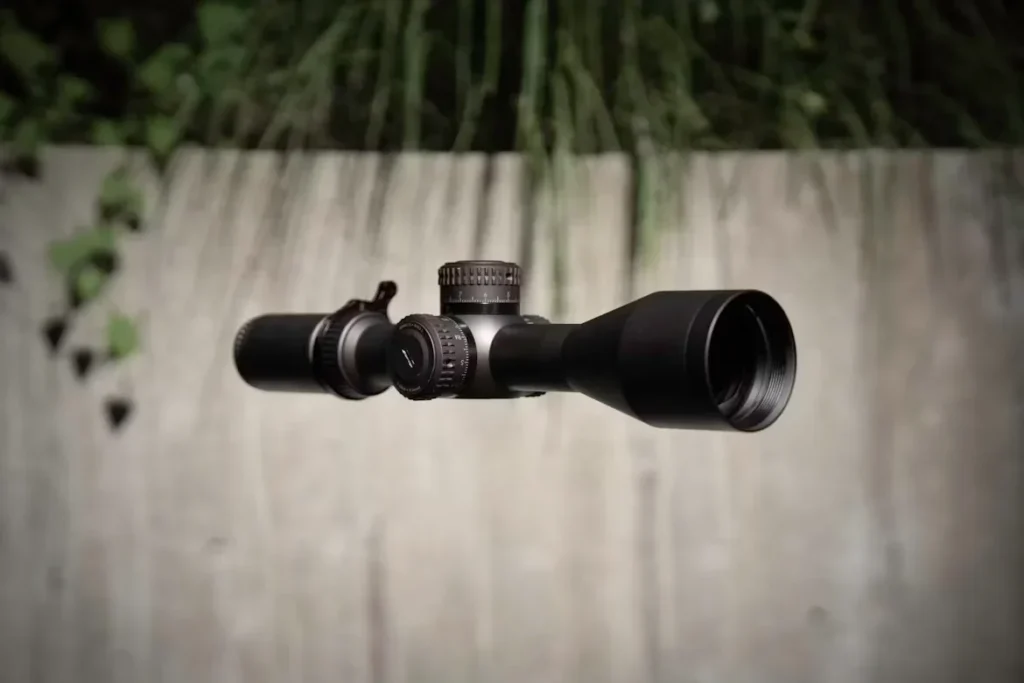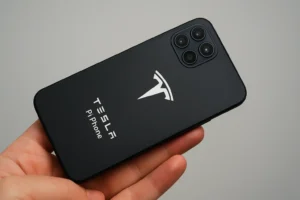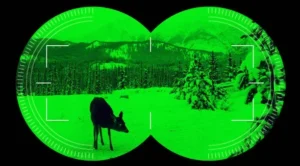Whether venturing into the wilderness at dusk or navigating a fog-laden valley before dawn, outdoor adventurers often rely on advanced optics to perceive what the naked eye cannot. Thermal scopes have become instantly indispensable due to their singular ability to see heat rather than light. Where traditional lenses must rely on moonlight or artificial sources to function, thermal rifle scopes convert the heat signature emitted by all matter, both living and inanimate, into extremely discernible imagery. The technology makes warm-blooded creatures, hidden beneath underbrush or traversing thick fog, instantly visible to the user.
The technology behind these scopes is every bit as fascinating as it is functional. As Scientific American breaks it down, thermal devices contain sensors that translate unseen infrared radiation into vibrant pictures, allowing their user to discern animal tracks, recent human presence, or even lost hikers in diverse environments. The key to their uniqueness lies in their ability to eliminate any source of visible light to any degree. Instead, the temperature difference becomes your guiding light in distinguishing individual living things from their inherently complex environment. It’s not just ideal for hunters and animal observers but also for search-and-rescue teams and first-response groups when time and light are running short.
Why Choose Thermal Imaging?
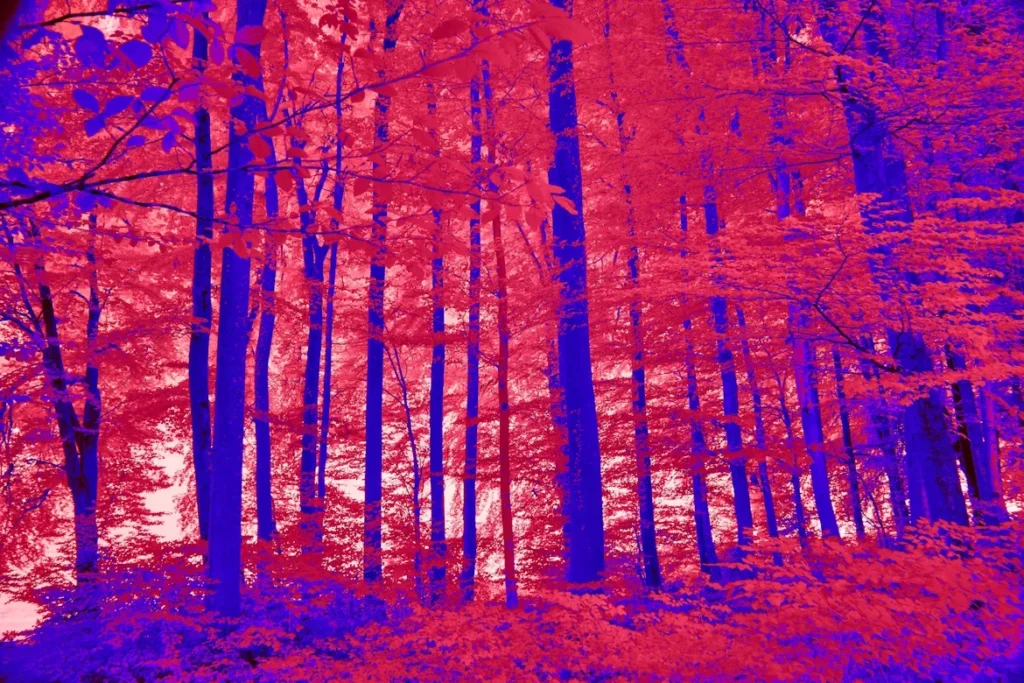
Thermal imaging’s true value lies when conditions render things unpredictable. Fog envelops the landscape, moonlight falls behind cloudbanks, and dense undergrowth hides animals from bare eyes. Thermal optics outperform classical glass in these situations by a significant amount. Penetration through these hazards in nature can become essential for both recreational and professional use. Outdoor Life notes that thermal scopes significantly enhance nocturnal hunting by revealing animals that would have otherwise gone unseen, allowing individuals to identify their targets safely and ethically, even in the darkness.
Reports and user feedback identify several additional benefits. Thermal imaging: it’s not a problem if the light is visible or not; highlighting a target’s heat signature outline can be done, regardless of the time of day or setup. That’s a benefit that allows nighttime forays to proceed well into darkness, with several users reporting an additional sense of reassurance and security due to being able to see with absolute certainty what’s through each rise and thicket. Rapid motion detection means being poised to react sooner to changing circumstances: game-changing out in the bush to life-and-death search and rescue for lost individuals.
Key Features to Consider
- Resolution: Select higher pixel counts to achieve sharp images when scanning distant ground. Greater detail facilitates identification and prevents costly mistakes.
- Range of Detection: Determine the distance at which you can consistently see targets. Current designs can detect and display signs of heat over an impressive 2,000 yards but are particularly beneficial in large or mountainous areas.
- Battery Life: Long-term use is not unusual for extended time in the field. Select scopes that have robust batteries or an external power source connection to prevent a significant drain of power just when things get busy.
- Reticle Options & Digital Zoom: Both of these functions allow for user-selectable variation of the reticle style in use or digital zooming into remote heat sources for increased versatility. Acceptable increments allow for slow, detailed scrutiny or fast scanning of vast swathes of ground.
- Ruggedness: Rugged construction that can withstand repeated jarring in off-trail adventures and rain exposures, or even be mounted on firearms under recoil.
Select a thermal scope that is suitable for the activity and environment. Lightweight and foldable are usually sought after by backpackers, while others who spend hours outdoors might desire something with improved imaging or increased battery life. Attention to these details can mean the difference between success and disaster.
Comparing Thermal and Night Vision Devices
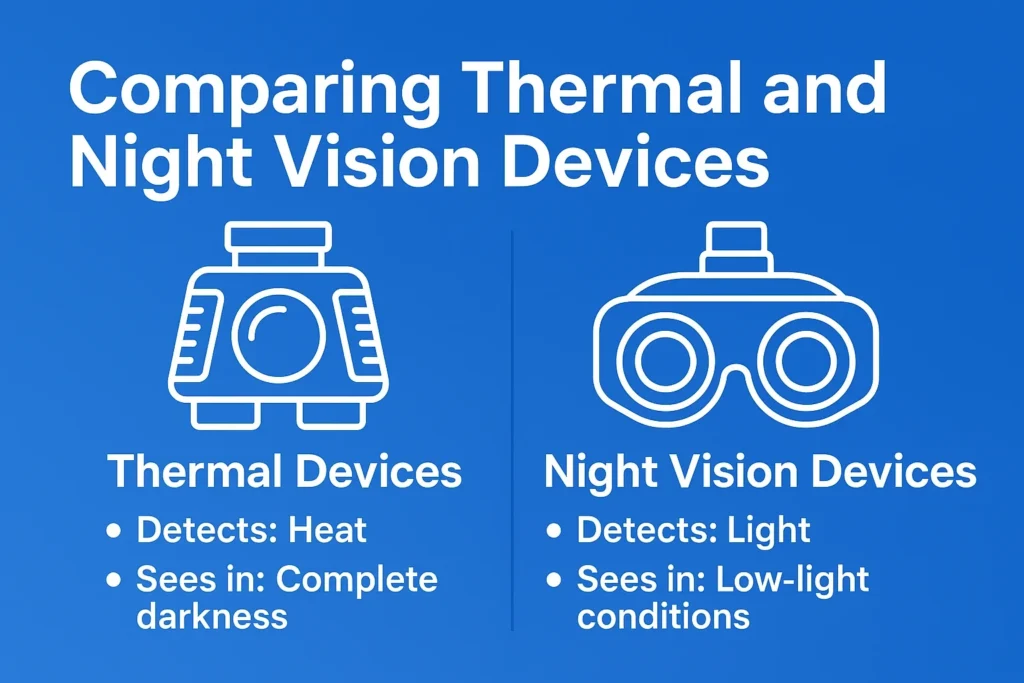
While thermal imaging and night vision are significant technological advancements, each has its unique benefits for users. Night vision image intensifiers are light-dependent, either naturally occurring or artificially produced, in that they create bright, green-illuminated pictures. These function best in open settings or in a full moon but have problems when faced with heavy underbrush or total darkness. The subtlety of night vision appeals to those wishing to have a more classical “see what you would see by eye” style.
Thermal scopes detect heat and operate outside the visible spectrum, providing a detailed picture that others cannot match. No moon? Dense smoke or fog? The thermal scope won’t blink. Both have their roles: many outdoors professionals would sooner possess both in their repertoires, swapping them out depending on the weather, ground cover, and whether subtle color discernment or raw heat mapping is in most significant demand at the time.
Essential Applications in the Practice
Thermal scopes have other uses aside from hunting. The advantages of their operation have tangible value for those in public safety, conservation, and recreation:
- Wildlife Watching: Observe nocturnal animals, such as deer or coyotes, during nighttime hours without interfering with their natural behavior. They stand out against colder backgrounds with their body heat for easier and more ethical viewing.
- Predator and pest control: Farmers and ranchers deal with pests after sunset with relative ease, catching marauding feral hogs or foxes before catastrophic property damage or crop damage occurs.
- Search and Rescue: In forests or hillside regions, when an individual goes missing, their body heat can be detected, substantially reducing search time and often providing an advantage in rapid extraction over a lengthy search.
- Security: Homeowners and building managers can closely monitor property lines in any lighting condition or weather, helping to thwart intrusions and keep operators out of sight and safely in a remote location.
Thermal optics’ versatility remains an inspiration to end users such as researchers monitoring ecosystem health and officers cracking nighttime crimes. Related accounts and applications from experienced outdoors people detail how their work has become easier, safer, and more efficient with reliable thermal insight.
Recent Advances in Thermal Technology
Thermal imaging has undergone a radical transformation in a matter of years. Top-of-the-line sensors are not only smaller and lighter but also have image quality equivalent to that of high-definition digital stills. Onboard processing that has improved means higher-resolution images, less ghosting, and real-time overlays in an instant. New designs rapidly integrate with phones or tablets, including GPS tagging of images, have video recording capabilities and even stream life to off-site team members. As the U.S. Army reported, continuous sensor architecture upgrades have produced thermal imagers that operate stably over a wider temperature range and in less-than-ideal weather conditions.
As prices decrease, an increasing number of nature lovers can afford high-grade thermal scopes. Previously, this gear was reserved for the professional elite only. Still, now it can be yours, even if you want to fully enjoy your nighttime excursions or navigate challenging situations involving animals and people.
Maintenance and Care
The long lifespan of your scope largely depends on frequent, conscious maintenance. Store your thermal optics in soft-lined pouches or cases to prevent scratching or jarring bumps in transportation. Humidity, grit, and dirt are public enemy number one. Rub off exterior surfaces after each use, and keep lens covers in reserve until it’s time to deploy your device. Use only microfiber attire and approved cleaning solutions when dealing with sensitive glass pieces.
- Keep devices away from direct sunlight, as heat can cause internal components in complex digital instruments to distort.
- For rechargeable units, cycle batteries regularly and check terminals for signs of wear or corrosion.
- Check the manufacturer’s website for new firmware that introduces new functionality, corrects small software issues, or adjusts performance to work better in your environment.
Easy-to-follow instructions ensure years of trouble-free operation, with your scope always prepared for anything the ground and darkness have to offer. Keeping your gear in working condition means investing in protection, in results, and in continuing to be amazed at what lies just out of sight.






